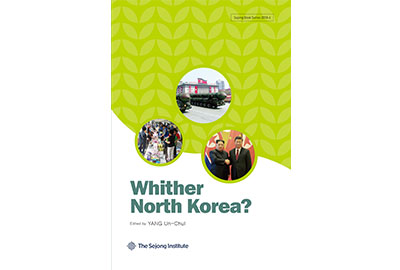The military tensions on the Korean Peninsula escalated in 2017 with North Korea’s sixth nuclear test and launches of Hwasong-14 and Hwasong-15. At the same time, the international sanctions regime ratcheted up pressure on North Korea imposing harsher economic sanctions. The North Korean nuclear issue has unfolded as an international issue gathering the international attention beyond the regional interests as it linked the future of the Kim Jong-un regime. While the neighboring countries, including the U.S. and China, want to have the issue resolved, the difference lies in how to resolve the issue.
While the North Korean nuclear issue elevated to an international issue, the North Korean internal conditions seem to have exacerbated. North Korea’s formal economy attempted to strongly implement pressuring policies on its people, such as the Manlima movement, mobilizing more internal resources. However, these were below expectations. Meanwhile, the private economy has grown rapidly, enabling the people to carry on with their livelihood, but it has intensified the wealth gap. Outwardly, the regime has strived to earn hard currency through trade and overseas workers. Nonetheless, North Korea’s such efforts have reached the limit due to the severe international sanctions.
Due to time restraint, this book does not analyze the inter-Korean summit and the DPRK-U.S. summit. However, it does delve into key pending issues of North Korea such as changes in North Korean elites, socio-economic phenomenon, DPRK relations with the U.S. and China, egregious human rights records, utilization of renewable energy, etc., and discusses ramifications, measures for improvements, and international community’s responses for each relevant theme.
Volume: 2018-6
Publisher: The Sejong Institute
Publication Date: April 20, 2018
Paperback, 316 pages


 File
File